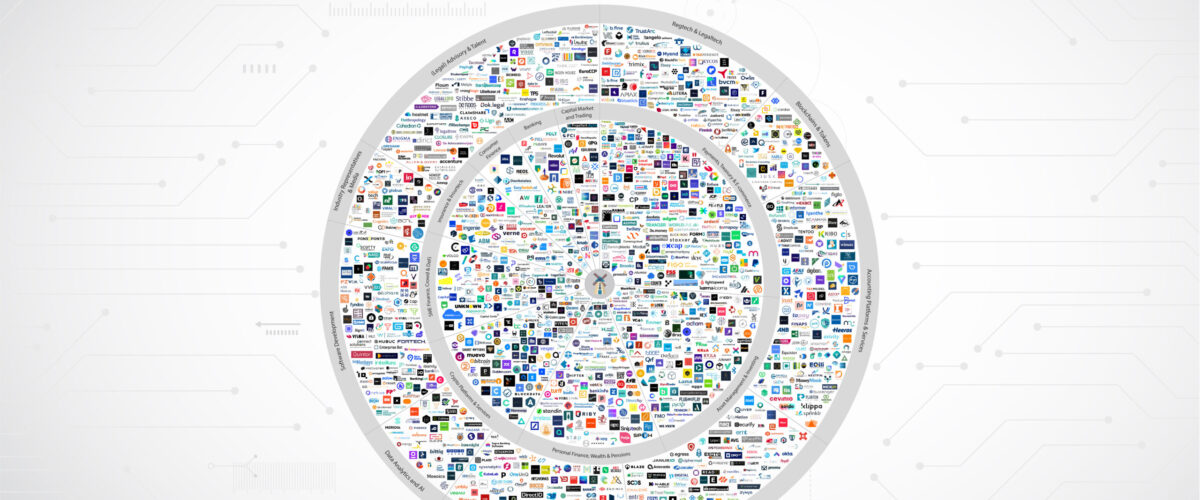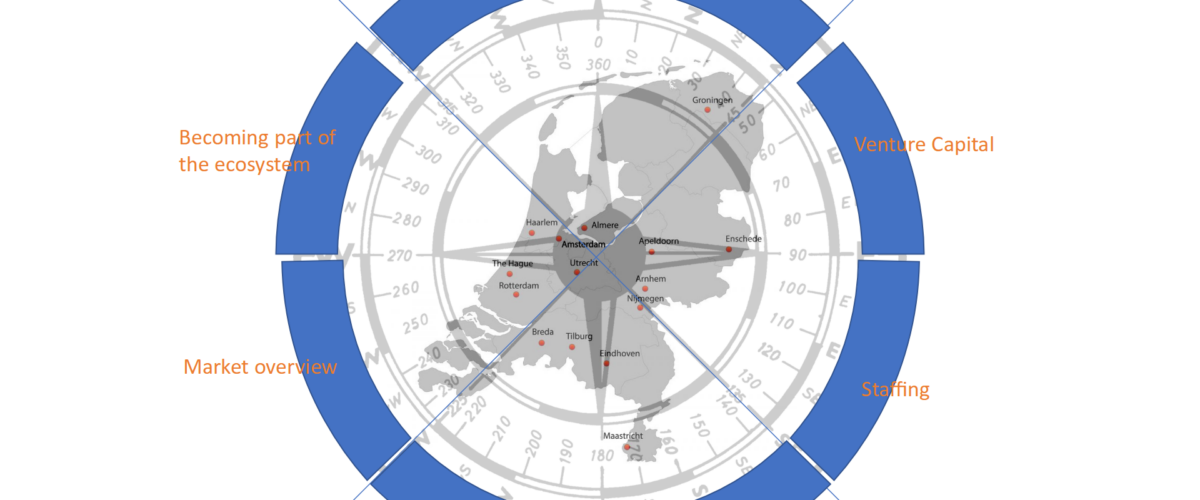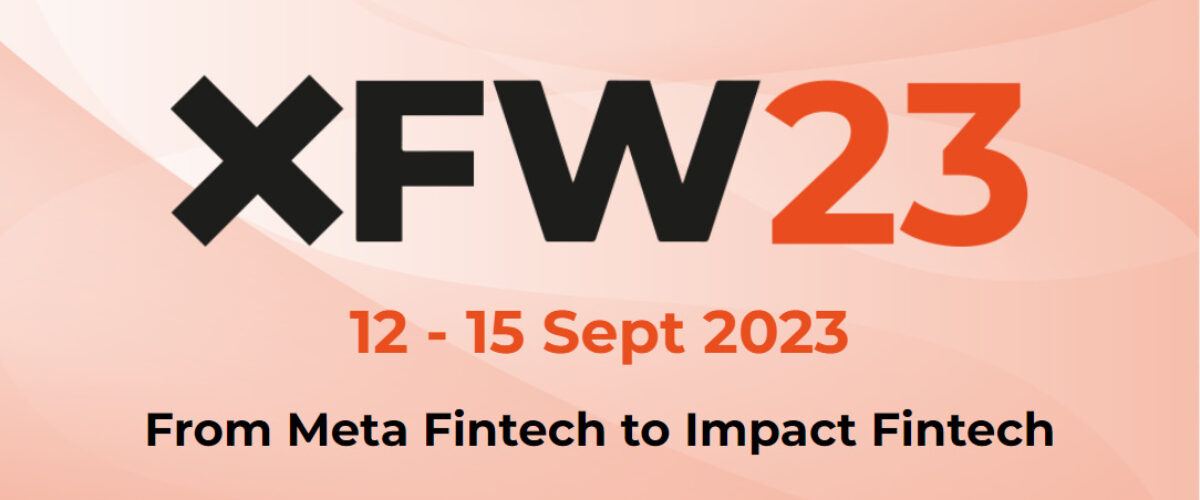Accenture delves into the pressing issue of substantiating the credibility of sustainability-related investments, particularly in the context of green bonds, against the backdrop of the COP28 summit in Dubai where global leaders convened to address climate change. While governments and corporations make commitments to combat environmental challenges, the financial services sector is confronted with the task of providing clear and reliable evidence that funds dedicated to sustainability are fulfilling their “green” promises.
Green bonds, fixed-income financial instruments designed to finance environmentally beneficial projects, have gained prominence in the financial landscape since the World Bank issued the first one in 2008. However, the fundamental challenge facing every green bond is the need to prove its environmental impact convincingly. The increasing investor appetite for such investments, coupled with a regulatory push for transparency, demands auditable evidence that green bonds are delivering the claimed environmental benefits.
The article suggests that the solution lies in leveraging Distributed Ledger Technology (DLT), commonly known as blockchain. Specifically, the technology’s ability to incorporate trusted information into financial instruments through a process called “tokenization” is highlighted. By issuing bonds as tokens on a DLT, representing digital assets, the buyer’s ownership is immutably secured. Moreover, data attributes proving the achievement of sustainable goals can be embedded within the token, facilitating irrefutable validation of the funds’ provenance and purpose.
Smart contracts, another aspect of DLT, offer programmable enforcement of rules governing bond deployment, payment schedules, and coupon rates. This automation not only streamlines the bond issuance process but, according to research by HSBC and the Sustainable Digital Finance Alliance, could potentially cut the costs of green bond issuance by almost ten times. Furthermore, DLT’s shared state model allows authorized parties direct access to embedded data, reducing the need for traditional reconciliation, which in turn lowers friction and costs. The resulting savings could be redirected toward higher returns or increased investment in sustainability by both institutional and private investors worldwide.
The article emphasizes a unique alignment between DLT and the requirements for cost-effective green bond issuance, investment, and trading. The author anticipates a DLT-enabled future for green bonds, citing rising maturity across two dimensions: the increasing integration of digital assets into mainstream investments and the evolving data attributes to be included in DLT-enabled green bonds as international Environmental, Social, and Governance (ESG) reporting frameworks continue to develop.
In conclusion, the article foresees an exciting prospect for DLT to catalyze the emergence of a new generation of sustainable finance and financial instruments. The author invites readers to join in the exploration of this transformative journey, anticipating further research and collaboration within the industry to unlock the full potential of DLT-enabled green bonds.


